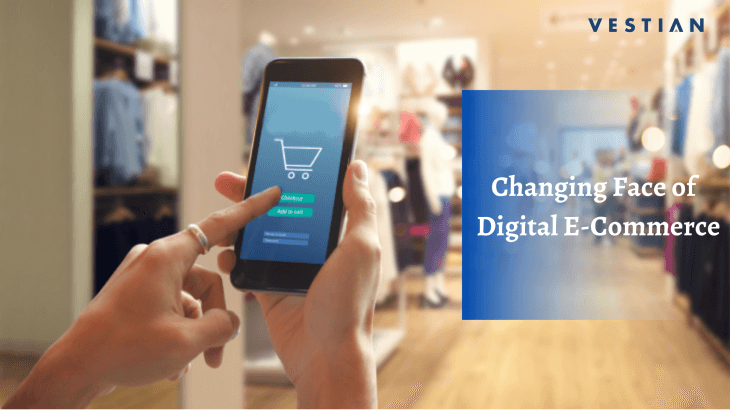One of the country’s largest industries – contributing 10% to the GDP and accounting for almost 8% of employment, the USD 854 billion worth Indian retail sector was hit severely by the onset of the COVID-19 pandemic. With social distancing and lockdowns put in place in order to contain the virus, consumer spending on leisure avenues such as F&B, entertainment centers and shopping malls, fell significantly during the initial period of the pandemic. Besides the dwindling footfalls and closures of retail projects, organised retail was also faced with supply chain disruptions. However, as the pandemic continued, retailers braced themselves for a new business environment, a situation that saw exponential e-commerce.
The e-commerce industry witnessed a drastic change in 2020, more than any other time in history. World over, there was a shift in consumer buying pattern. In fact, for many, this was the first time that they sought to purchase commodities as an online shopper. With consumers spending more time at home, retail trends continued to drift away from brick and mortar stores towards online shopping. In fact, a report by McKinsey states that e-commerce sales in the US for the third quarter in 2020 totalled $209.5 billion, showcasing a 36.7% increase when compared to the third quarter of 2019. Moreover, in the US, online shopping habits have encouraged 75% of the consumers to change what they buy as well as how they buy, with 36% trying a new brand. The rest 73% of shoppers had intent of exploring new brands. The biggest impact e-commerce has had on consumers shopping habit is that they can shop from anywhere and at any given time. This also comes as an advantage for shoppers as they do not have to wait for hours to buy a product. The pandemic induced shopping behaviour has been driving the online shopping trend for both essential and non-essential goods. Technology is driving the sector and enabling consumers to shop more comfortably. Similarly, banks and other players in e-commerce ecosystem are providing a secure online platform to complete payments effortlessly via numerous payment gateways, making the customers feel even more secure to shop online. This trend entailing digital centric shopping behaviour is expected to continue in 2021 as well. Not surprisingly, global e-commerce sales are projected to grow 14.3% this year.
While the pandemic may subside, e-commerce will continue to be crucial for brands and retailers in the coming year. Keeping the customer as priority, retailers would need to reconstruct and realign their business strategies, harnessing the power of technological advancements. As a matter of fact, we see traditional luxury brands also adapting to e-commerce. High-end luxury brands like Burberry and Dior who have always shied away from online retailing as they believed it may dilute their brands and take away from its sense of exclusivity, have also relooked at their stand on online selling. Strategies such as this would allow retail companies to move forward, reviving market sentiments along the way, and usher in anticipated growth in the sector.
Know more in our upcoming article of luxury retail.

